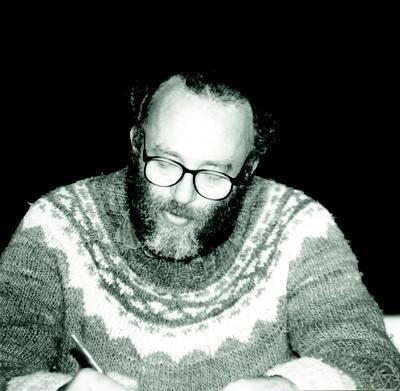Nationality United States | Name Richard Pollack | |
 | ||
Born January 25, 1935 (age 90) New York ( 1935-01-25 ) Institutions Courant Institute, New York Known for Weaving patterns of linesGeometric transversal theoryRoadmaps of semi-algebraic setsAlgorithms in real algebraic geometryDiscrete & Computational Geometry (journal) Books Algorithms in Real Algebraic Geometry Institution Courant Institute of Mathematical Sciences, New York City | ||
Doctoral advisor Harold N. Shapiro | ||
Richard M. Pollack is a geometer who has spent most of his career at the Courant Institute of New York University, where he is now Professor Emeritus. In 1986 he and Jacob E. Goodman were the founding co-editors-in-chief of the journal Discrete and Computational Geometry (Springer-Verlag).
Contents
Contributions
In combinatorics he is known principally for his work with Paul Erdős and János Pach . In discrete geometry he is known for a number of basic concepts and results , joint with his long term collaborator, Jacob E. Goodman; of City College, City University of New York, and some with others his work with Goodman includes such results as the first nontrivial bounds on the number of order types and polytopes, and a generalization of the Hadwiger transversal theorem to higher dimensions. In real algebraic geometry he is known principally for a series of papers authored jointly with Saugata Basu and Marie-Françoise Roy and for their book.
Awards and honors
In 2003, a collection of original research papers in discrete and computational geometry entitled Discrete and Computational Geometry: The Goodman–Pollack Festschrift was published as a tribute to Jacob E. Goodman and Richard Pollack on the occasion of their 2/3 × 100 birthdays.
In 2012 he became a fellow of the American Mathematical Society.
